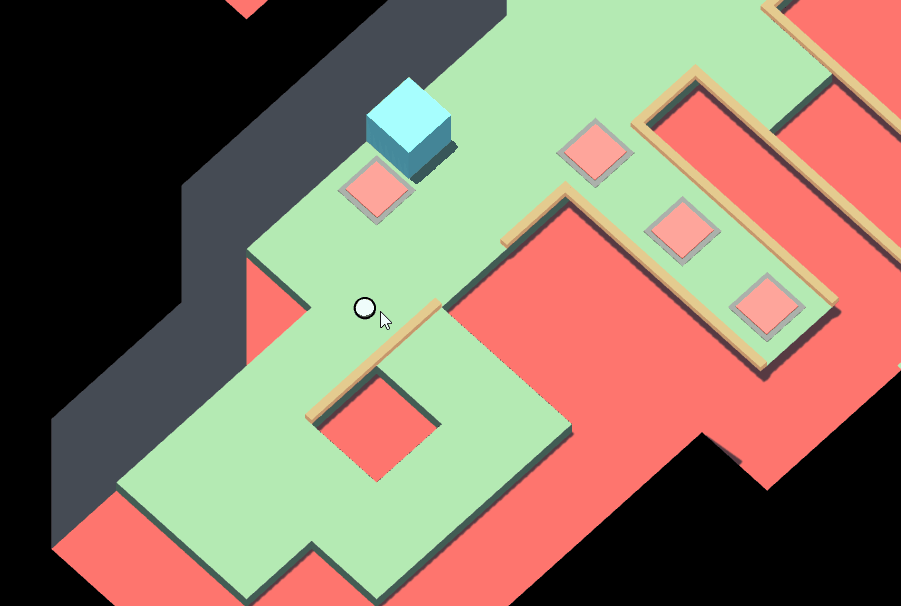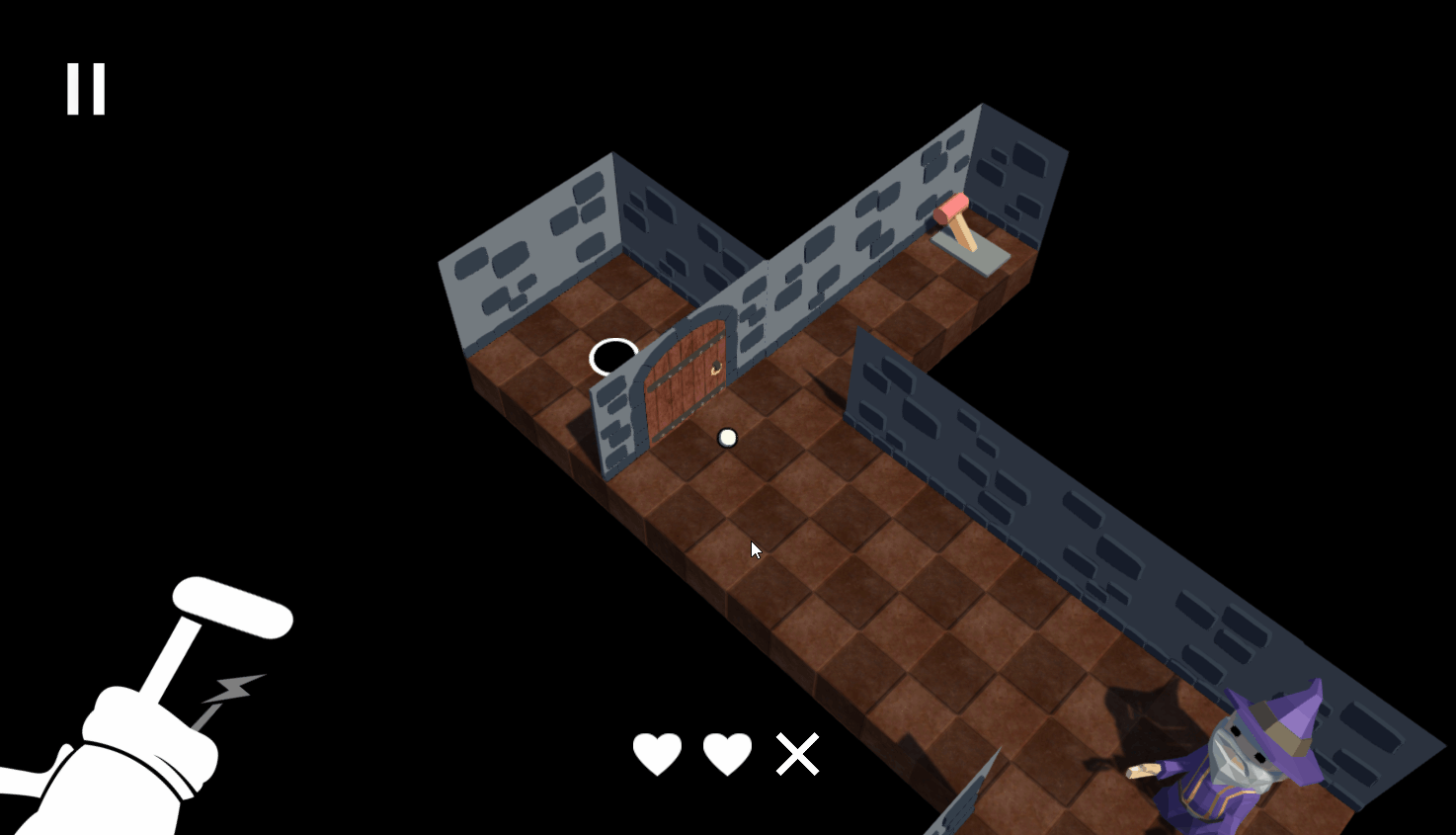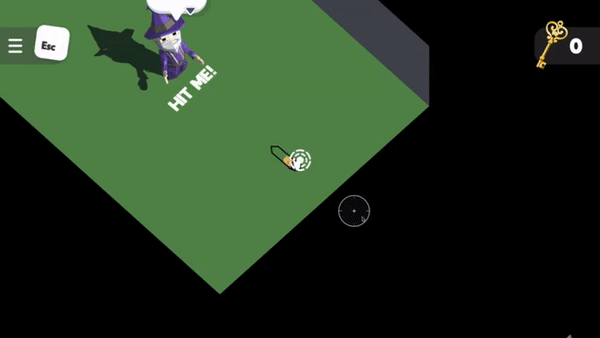
Chipp: A Sub-Par Adventure
Roles
Game Designer
Level Designer
Asset Creation
Narrative
Team Size
Six
Tools
Unity
Fork
Maya
Clickup
Timeline
1 Year - Present
Created as a capstone project with a team of six for my final college year, Chipp: A Sub-Par Adventure is a top-down, Zelda-inspired 3D dungeon crawler with a golfy twist. Players explore, solve puzzles, and fight enemies utilizing mini-putt controls. Designed for both mobile and desktop play.




What I did...
-
Design: Discussed scope of project. Pitched ideas for systems, mechanics, enemies, story, and progression structure to the team.
-
Documentation: Filled out and organized game GDD using tools within Clickup, designed map layouts and mechanical diagrams.
-
Level Design/Greybox: Greyboxed the design into a playable 3D space using Unity Probuilder
-
Playtesting and Iteration: Repeatedly ran in-build playtests to ensure design was functional and up to standard. Ran multiple live playtests with various groups, iterating on design based on player and developer feedback.
-
Modelling and Implementation: Created and organized an asset list. Modelled and textured 3D assets and implemented them into the game engine
Designing the Dungeon
Our game's 3 core pillars are:
-
Exploring Environments
-
Solving Puzzles
-
Fighting Enemies
All with the twist of the player being a golf ball and the unique perspective that brings.

Team members would discuss what the goals of each level were and how the level would divide it's tasks in order to accomplish that goal. This was verbally discussed and organized into "beats."
The beatmap for the tutorial floors

When it came to designing the levels in our game, our team utilized Dungeondraft to map out a rough layout for each floor.

Creating the modular kit

Chipp's first modular kit
The games modular kit was first designed using unity probuilder for the second design iteration and originally lacked many of the mechanics that would be used in the current version of the game. Once work had begun on the public demo, I created an asset list organizing assets by name, description, priority, and status and exported the greyboxed modular kit to Maya for reference.

Chipp's art asset list spreadsheet
As of the current itch build, it has been decided that the game would be textured using a colour atlas and toon shader. For this reason, the current modular kit is not fully atlased and will be updated soon to reflect this.

The current modelled/textured modular kit
More information regarding the creation of the modular kit can be found below
Progression System
The games progression system went through several iterations before its current one. The very first iteration pulled heavily from the Legend of Zelda series with its "puzzle box" dungeon design. Rooms were assigned a typing and level of difficulty built around their place along the critical path.


An early-stage moving block puzzle
Eventually, the team landed on having the player reach a "hole" at the end of each floor in order to progress. This shook the structure of the game up substantially, as now levels were delivered in a purely linear fashion, with everything needed to reach the end right in front of the player.

The player unlocking the door to reach the floors hole
Wanna learn more about the design process behind the progression system in Chipp?
Dialogue and Narrative
The goal of the narrative was to serve as a means to motivate players to continue playing out game. Despite it's fun, light tone, the team agree early on that our game would never reference the absurdity of the events unfolding, rather it would double down to take itself seriously.

When it came to incorporating narrative within the game itself, the team did so through our dialogue system.
When it came to implementing the dialogue into the game, we took a spreadsheet containing all in game dialogue and turned it into a .csv file, assigning each conversation an ID which the NPC would call upon to load the proper lines.
Additionally, the dialogue addon we used also came

with additional markdown for animating text so we were able to do things such as highlight words, make text bounce, or shake.
Takeaways
-
Experience using Unity pro builder to greybox
-
Learning to fail fast and effectively, being able to let go of designs that don't work
-
Maintaining a thoroughly organized document both before and during production
-
Designing for metrics utilizing the unique character controller
-
Understanding what rules a modular kit must follow for use in an engine
